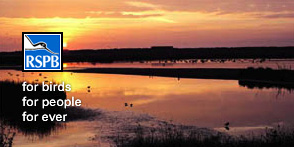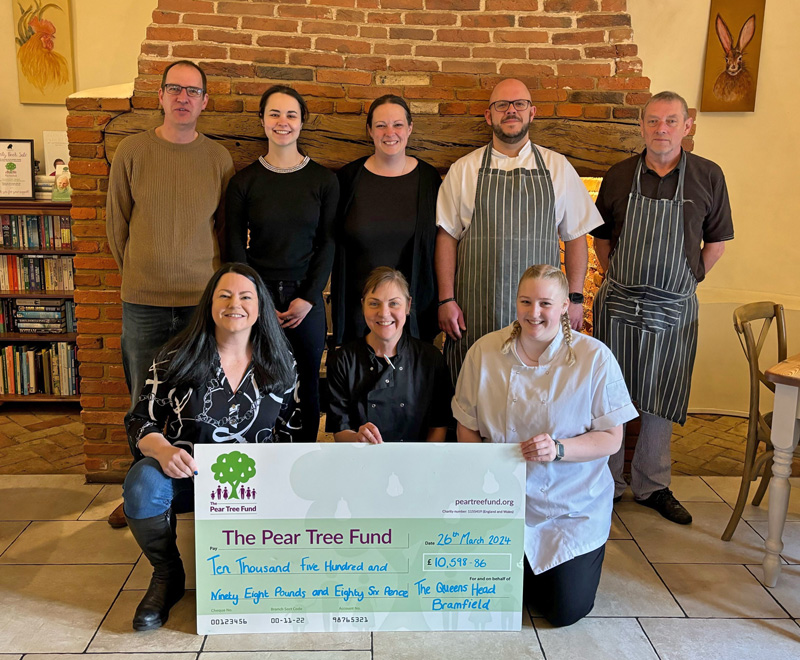
Ups and downs for rare birds on Suffolk coast
Despite summer flooding that badly affected the breeding success of many birds this summer, stone-curlews, Mediterranean gulls and marsh harriers had record breeding seasons at RSPB nature reserves on the Suffolk coast.
The rare stone-curlew first returned to nest at RSPB Minsmere nature reserve in 2003 thanks to management work to re-create their heathland habitat. This year, for the first time, two pairs have successfully raised young at Minsmere. Both pairs reared two broods, producing six fledged chicks.
Minsmere’s heathland warden, Mel Kemp, was excited about this latest success. ‘This is a great reward for all our hard work to re-create Sandlings-type heath and acid grassland at Minsmere. There are only a handful of pairs of these special birds left on the Suffolk coast, which makes this year’s success even more important. If they continue to breed successfully, we hope to be arrange viewing facilities for visitors in the future.’
Elsewhere on the heaths, there was an increase to 15 churring nightjars at Minsmere, plus seven at RSPB North Warren and three at RSPB Snape Warren. There were 17 pairs of woodlarks at Minsmere, and 23 at each of North Warren and Snape Warren. After first returning to nest in Suffolk in 1996, Dartford warblers increased to 24 pairs at Minsmere, with seven pairs at both North Warren and Snape Warren. In contrast, no tree pipits nested at Minsmere, continuing a local decline of this species.
Mediterranean gulls bred successfully at Minsmere for only the second time. Three pairs raised five young on the Scrape, although there had been counts of more than 20 birds in the spring. One pair of Mediterranean gulls also nested on RSPB Havergate Island, where common gulls increased to 21 pairs.
These successes were especially pleasing since the wet weather had led to poor nesting success for many wetland birds. Many nests were lost due to chilling of the eggs, while others were actually washed away. As a result, avocets failed to raise a single chick at Minsmere, and no eggs even hatched at Havergate Island. At all sites, redshanks and lapwings fledged few young on the grazing marshes due to flooding.
There was a similar story in Suffolk’s reedbeds. The heavy rain in May washed away all but one bittern nest at Minsmere, but four females did subsequently re-lay, so a few young did eventually fledge. Earlier in the year, it had looked like being a good year for these very rare herons, with ten booming males at Minsmere, three at North Warren, and one at RSPB Dingle Marshes.
Another rare heron briefly showed signs of nesting at Minsmere before the flooding. Three purple herons were displaying over the reedbed, raising hopes that they might breed for the first time in Britain, but to no avail.
 There were notable successes in the reedbeds though, with marsh harriers and Cetti’s warblers having their most successful year ever. A record 39 marsh harrier chicks fledged from 17 nests at Minsmere. Elsewhere, three chicks fledged from three nests at North Warren. Cetti’s warblers increased to 60 singing males at Minsmere, and 49 males at North Warren. These skulking reedbed songsters have benefited from recent mild winters, increasing rapidly from just a handful of pairs on the coast five years ago.
There were notable successes in the reedbeds though, with marsh harriers and Cetti’s warblers having their most successful year ever. A record 39 marsh harrier chicks fledged from 17 nests at Minsmere. Elsewhere, three chicks fledged from three nests at North Warren. Cetti’s warblers increased to 60 singing males at Minsmere, and 49 males at North Warren. These skulking reedbed songsters have benefited from recent mild winters, increasing rapidly from just a handful of pairs on the coast five years ago.
RSPB spokesman Ian Barthorpe said, ‘Although marsh harriers nest on the ground, they build higher nests than bitterns so managed to survive the flooding better. For so many young to fledge, there is obviously plenty of food for these spectacular birds. Visitors have enjoyed some superb views of them hunting over the reedbeds. Many visitors also had great views of bitterns as the late nesting females flew back to their nests to feed the young throughout August. Such special birds inspire visitors to join the RSPB and the continued support of our members is vital in allowing the RSPB to continue managing places such as Minsmere for the benefit of wildlife.’








